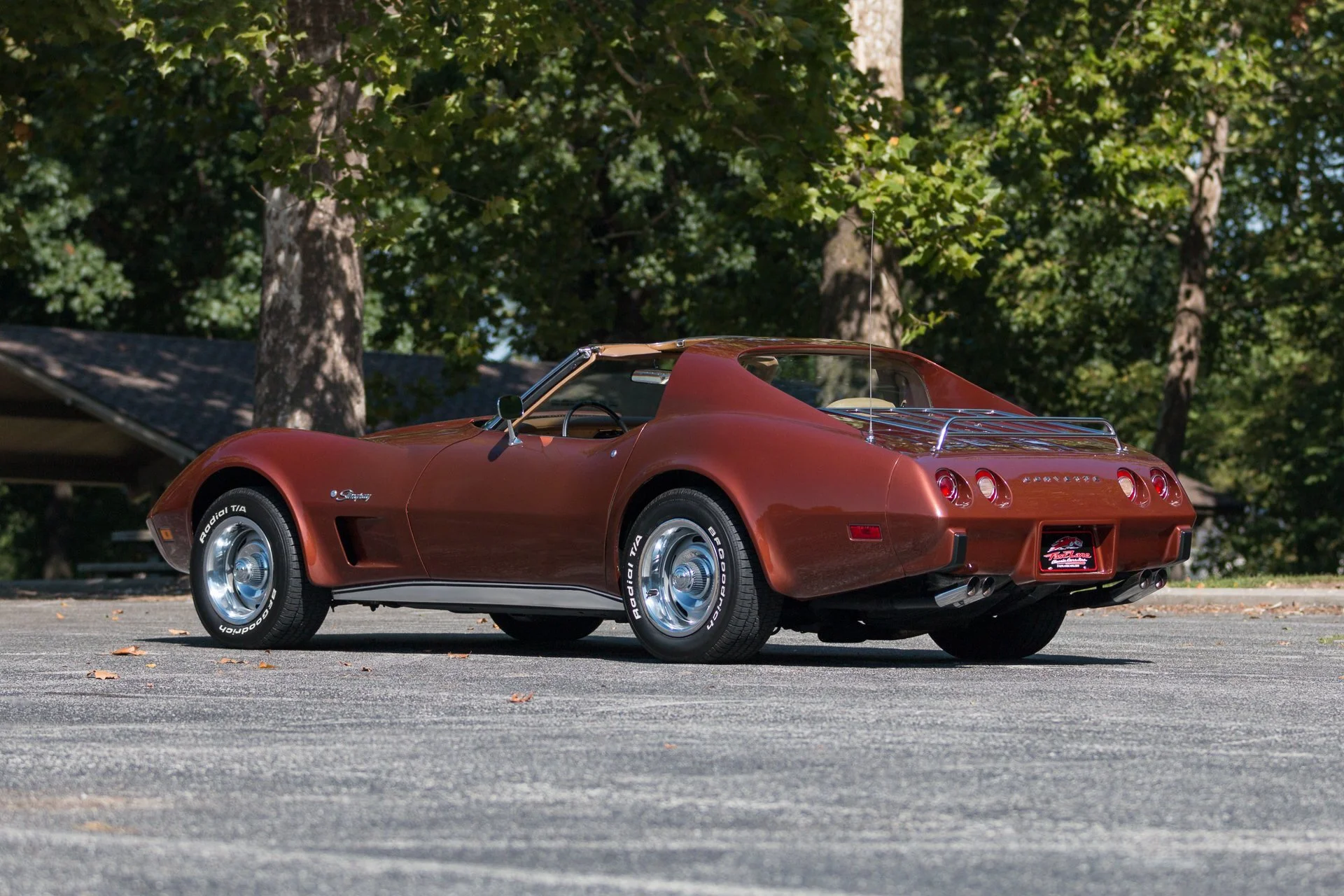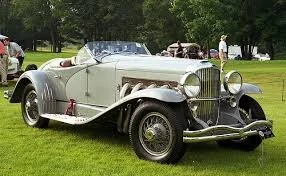The Guanci SSJ
/www.Ritzsite.NL
John Guanci was a Chicago businessman and certified Car Guy. When Mr. Guanci went to survey landscape of high performance American cars in the mid-1970s, he found only the 3rd generation Chevrolet Corvette. The venerable Vette was now 8 years old. A new mid-engined, rotary powered update had just been shelved, with no replacement in the pipeline. The title of America’s Sports Car looked to be up for grabs.
By the mid-1970s, the C3 Corvette was Getting a bit long in the tooth (www.FastLaneClassicCars.com)
Guanci was far from the only car enthusiast during those dark days to lament the lack of high performance options. The difference was that John put his money where his mouth was, and he gave us the Guanci SSJ.
Work began on the mid-engined supercar in early 1977. Mr. Guanci, while a car guy to the core, had no experience designing or building them. What he and a couple of equally well-heeled partners did have was money. Enough to hire the best. He got Can Am race car builder, Bob McKee, to build the SSJ’s monocoque aluminum chassis. The suspension and engineering work, which included nickel cadmium components and disc brakes at all 4 wheels, was done by Dick Kleber, who would later bring his talents to the legendary Vector supercar. The near perfectly proportioned fiberglass body was penned by former Chrysler designer. Mike Williams. Alessandro de Tomaso, of Pantera and Mangusta fame, was also listed as a consultant on the project, though for what purpose it is not clear (Pantera and Mangusta owners looking to trade up certainly hoped it wasn’t on the cooling system!)
There was at least one element of the elderly Corvette that was deemed adequate. Power for the new car would come from the Corvette’s optional 270hp L82 V8. Unlike the Corvette, however, it was mounted amidships - where supercar engines are meant to be (It would take GM four more decades to figure that out)
By the way, while the SSJ moniker is said to stand for Super Sport John after its creator, it also evoked the image of possibly America’s greatest sports car ever, the Duesenberg SSJ. Not a bad image indeed.
Two Guanci’s were completed in time for the 1979 Chicago Auto Show. Spectators were enthralled. As was the motoring press, who gave it generous coverage. Excellence comes at a cost, however. The asking price for the SSJ was $54,000 – five times that of a ‘79 Corvette! No worries. With planned production limited to just 50 cars per year, the Guanci would be a thousand times more exclusive.
Unfortunately, the Chicago show proved to be the Guanci’s high water mark. Not long after, one of Mr. Guanci’s partners suddenly died, leaving a big hole in the venture’s financing. To make matters worse, the nation’s fuel supply was hit by the Iranian oil embargo, sending gas prices soaring. With the nation skidding toward recession, no new investors could be persuaded to back a thirsty and expensive new supercar. Only the two L82-powered cars shown in Chicago were ever built. One was purchased on the spot at the show by a rich and enraptured visitor. The other remains in the hands of the Guanci family.
An attempt to resurrect the mid-engined GT was made a few years later. A third SSJ prototype was built using Buick’s 185hp turbo V6. The price would be an even more eye-popping $63,000, and with annual production limited to just 15 cars. Again, no backers could be found, and the Guanci was no more.
Copyright@2023 by Mal Pearson
Sources






